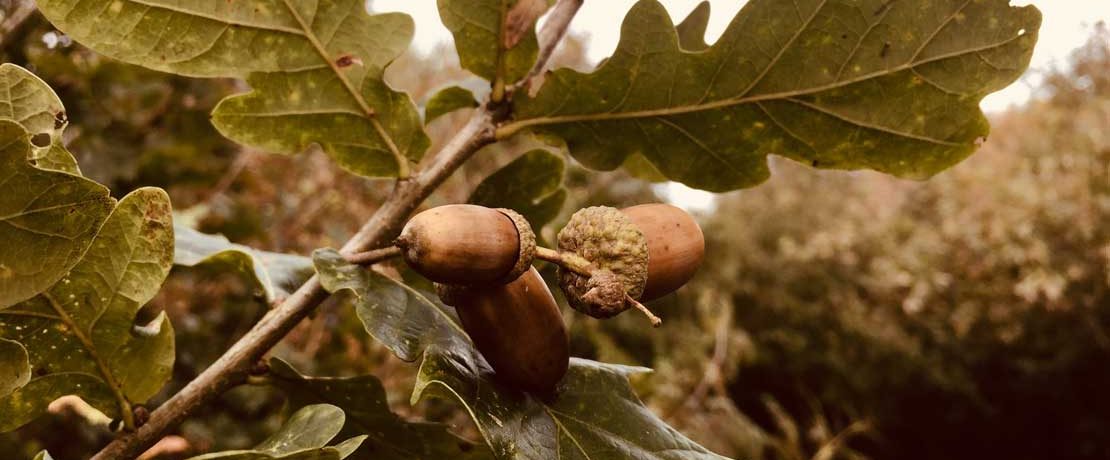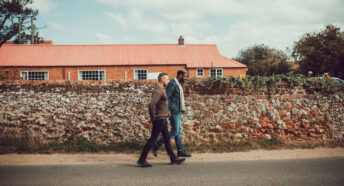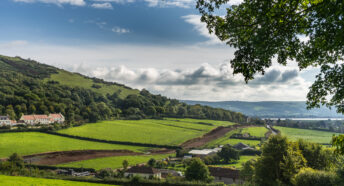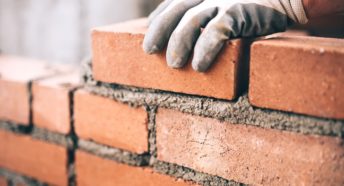Time to regenerate our land
Why we at CPRE care so much about recycling our land: from our Land Use Officer, Philippa Oppenheimer.
Regeneration is, and should be the word of the moment.
In 2020, the vast majority of us were forced to stop, reflect, re-evaluate how we live our lives, and re-prioritise. With more time on our hands, we had opportunities to do things that our previous lives couldn’t accommodate; trying out that recipe (did someone say banana bread?!), a new hobby, and exploring our local green space.
The outdoors became our once-a-day reprieve from the news channel and phone screens. As lockdown measures started to ease, many of us emerged from our homes, blinking in the sunlight and knowing that life couldn’t – and shouldn’t – go back to normal.
Enhancing land by recycling land
The oasis that the outdoors offered us during this strange time made us more aware of the importance of local green space for mental health and wellbeing. As a result, over two-thirds of us wanted to see our local green spaces enhanced.
The last thing we would’ve imagined is, only a few months later, that these exact same spaces would be being put under increased threat from the same powers that pledged to ‘build back greener’ out of the pandemic.
The governments’ proposals for changing the planning rules, announced in August 2020, give little in the line of consideration to the other purposes of our land such as mitigating against climate change and helping long-damaged nature to recover. And the changes by no means offer any source of enhancement or protection to our land. In fact, they only increase the threat of development on these local green spaces that have become such an essential lifeline.
Rather than develop on our greenfield land, regenerating pre-used land (often left neglected and decaying anyway) can instead breathe new life into our towns and cities, and provide places to call home near to where we live and work. I’m talking about those disused factories and buildings which are just waiting for a new lease of life.
Using the land that’s not being used
This land is also known as ‘brownfield’, and new research by CPRE has revealed that there is currently enough of this to provide 1.3 million homes. And better still, a huge 565,000 of these sites already have the approval to begin construction.
That 1.3 million homes on brownfield land could hit the government’s target of 300,000 new houses a year until the end of this government – without touching a single blade of grass or ripping up an ancient hedgerow. As much of this land is in the Midlands and the north of England, the new housing could help break down stubborn regional inequalities, too.
Time and time again, previously-used land like this has proven its ability to regenerate and to accommodate the homes that we need, where we need them. It’s provided some of our most successful regeneration projects such as the Queen Elizabeth Olympic Park for the Olympic Games in 2012 or the award-winning Goldsmiths Street in Norwich.
But we can continue to do better. By using the full potential of this land, the government can ensure that the country delivers the genuinely affordable homes for local people that are so desperately needed.
So before we start putting more and more of our green space in the line of the bulldozers, we need to ensure that our plentiful brownfield land is used first – rather than creating a developer’s candy shop where our precious countryside is laid bare in the name of profits.
Ways to build: brownfield and better
It doesn’t need to be the way that the government has proposed. Continuing CPRE’s legacy of calling for brownfield-first, we can make a change.
By giving local communities ways they can identify brownfield land for development, and power for local authorities to choose which sites are developed first, so suitable brownfield land can be built on before anything else. And, and no less importantly, by giving more powers and funding to secure an increase in affordable homes – both in the countryside and on brownfield urban sites, too.
Our local green spaces were the shoulder to lean on for many of us during one of our greatest hours of need. It’s time to reflect, re-evaluate and re-prioritise. The regeneration of brownfield will allow the outdoors to continue to regenerate us.









